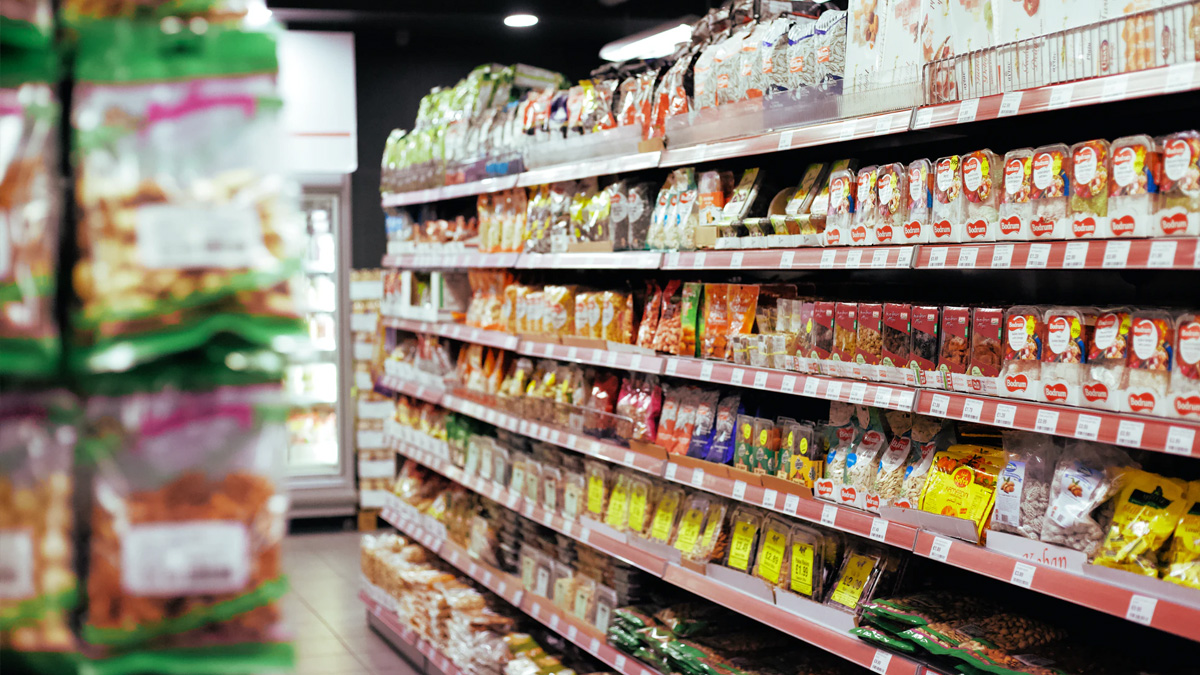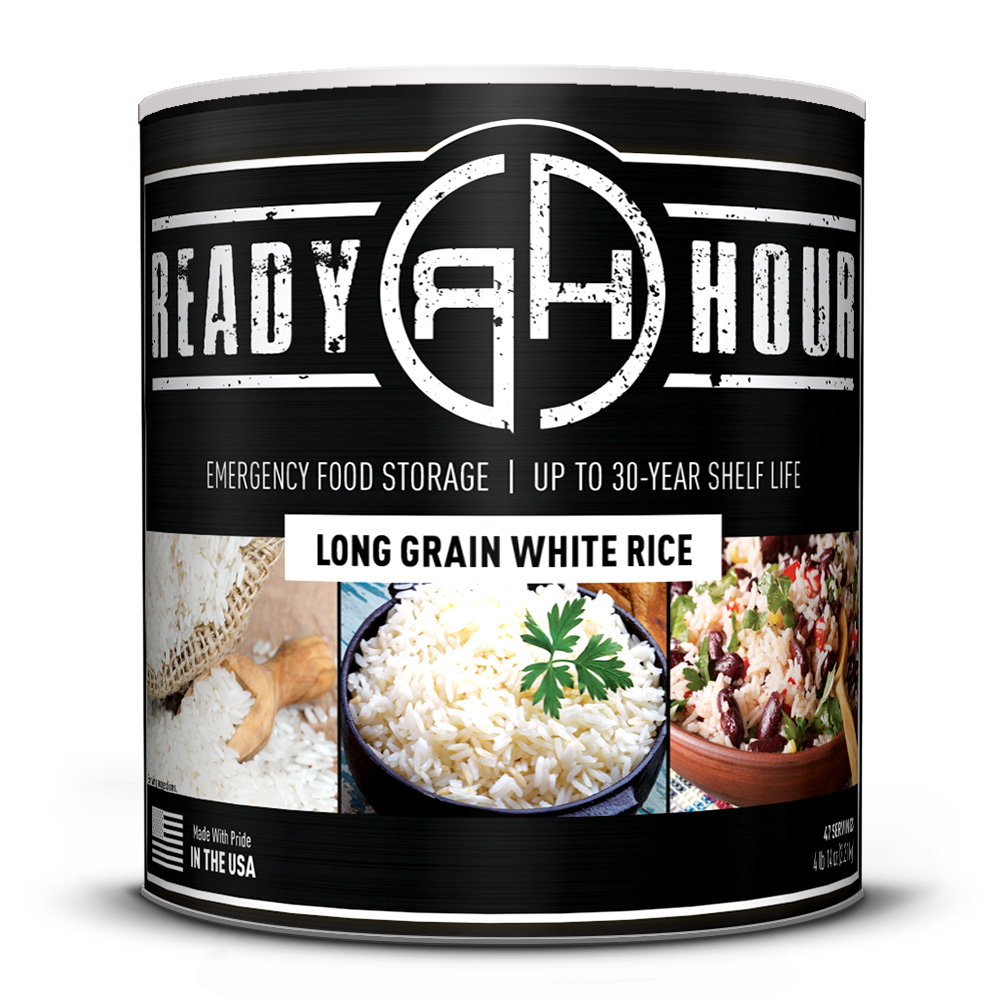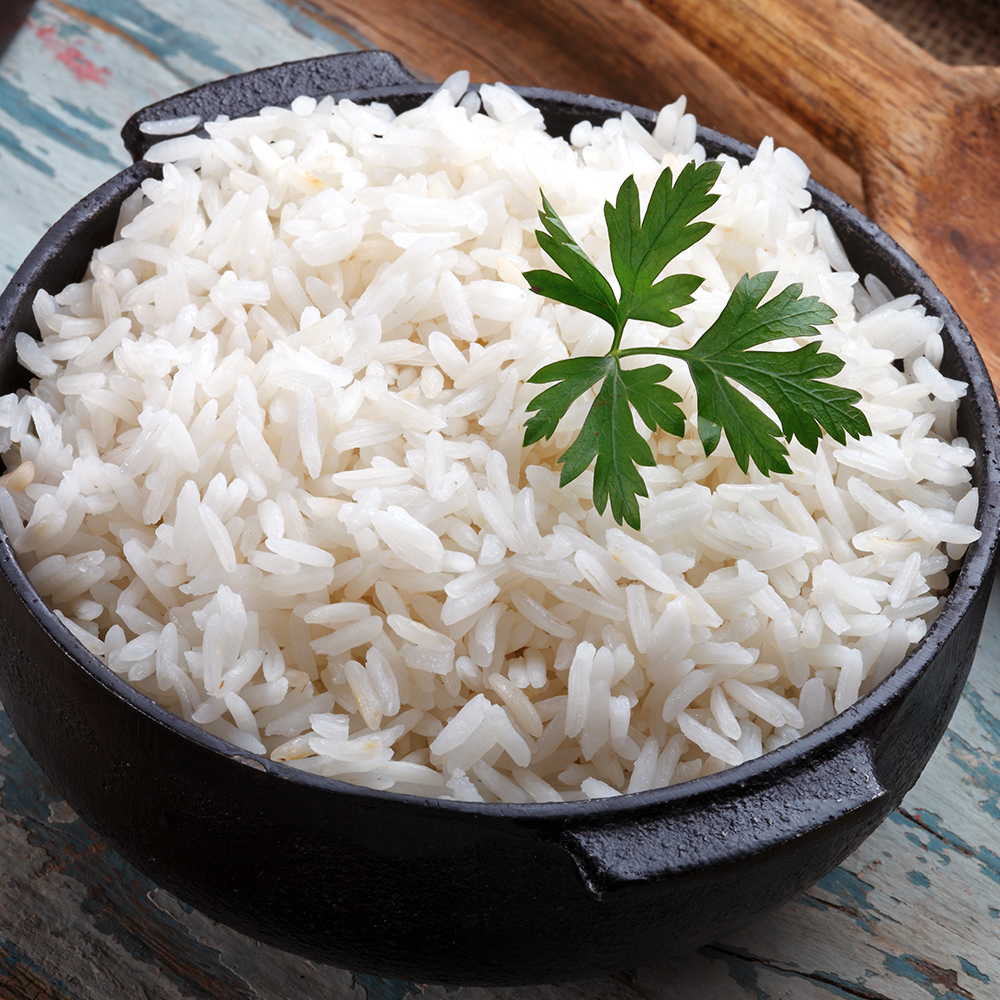on
In the past several days there have been multiple mainstream media news stories about how grocery stores are “stocking” up on food and household goods because they are preparing for a possible surge in sales amid a new rise in Covid-19 cases and the impending holiday rush.
According to the Wallstreet Journal, “Supermarkets are stockpiling groceries and storing them early to prepare for the fall and winter months, when some health experts warn the country could see another widespread outbreak of virus cases and new restrictions. Food companies are accelerating production of their most popular items, and leaders across the industry are saying they won’t be caught unprepared in the face of another pandemic surge.”
CNN noted “With high demand for groceries comes higher prices in the aisles. Since March, more Americans have been eating at home — and their grocery expenses have been growing. This is partly due to the fact that food manufacturers and grocery stores are rethinking their pricing strategies now because demand is surging.”
Early on in the pandemic, grocery stores were focusing on stockpiling weeks of supplies for shoppers, but now food sellers are focusing on the long-term, aiming to stockpile supplies for months instead. But just because the stores are stocking up, doesn’t mean you don’t also need to be prepared.
Remember that most grocery stores are not fully stocked now, and they have little backroom space to spare above their normal level. Most of the so-called stockpiling will be taking place at their distribution warehouses which means that it may or may not make it out to the local stores, or as we saw earlier this year, it will only make to stores in upscale neighborhoods or where truck drivers feel it is safe.
Many grocery stores continue to have limits on the number of items you can buy. Toiletpaper, paper towels, and cleaning products continue to be in short supply, and employees in many major stores such as Walmart report that they are still only getting in about half the freight deliveries that they were pre-pandemic.
Get prepared now!
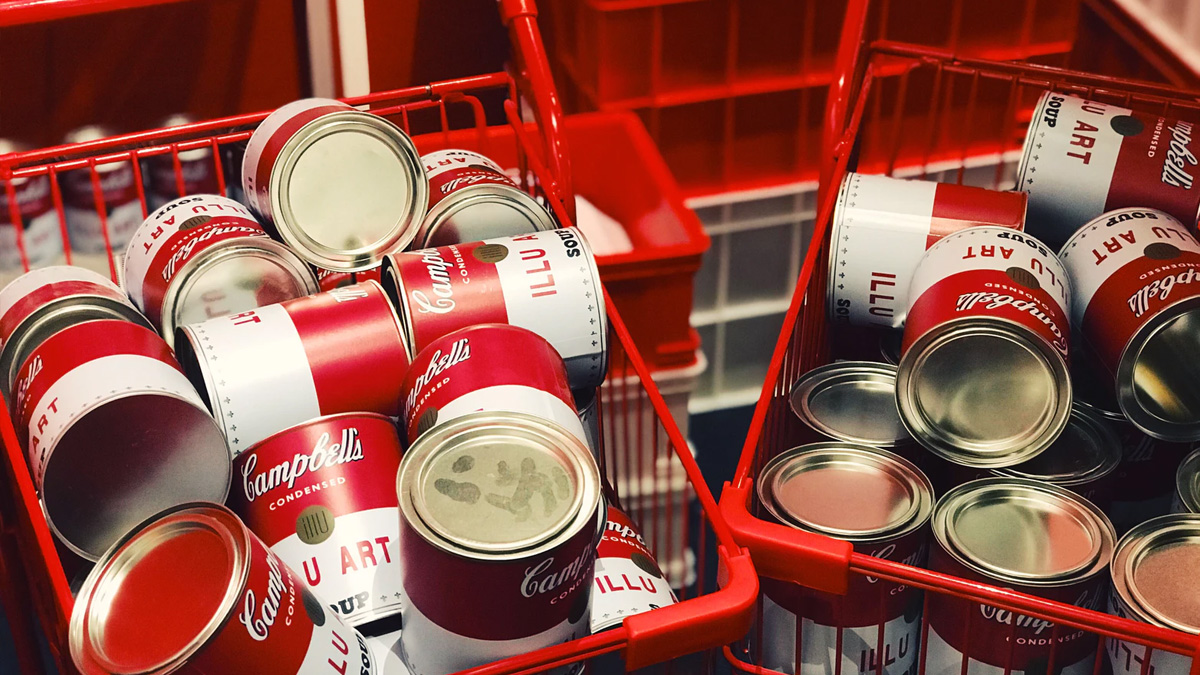
The basics of food storage
- Take inventory: Don’t assume you know what you have or don’t have. While taking inventory note any foods near their expiration date or that you bought on impulse but your family doesn’t like. Donate those items to your local food bank to make room for what your family will eat.
- Use a food storage calculator to calculate what you need for your family for the length of time you choose. We recommend a minimum of three months to start with, but longer is better. One of the things we like about this calculator is that is it shows amounts for both canned and dried fruits and vegetables.
- Compare the results from the food storage calculator with your inventory list. Mark off the items you have, and then make yourself a shopping list.
- Rotate! First in, First Out (FIFO) is the rotation method you want to use. This ensures you don’t run into issues with food expiring before you use it.
- Update your inventory list every time you add or subtract from your stash. It i s easy to think you will remember, but it needs to be on paper. If the power is out for some reason, you need to know what is on the list, and what needs to be purchased. So even if you run a spreadsheet on your computer, make sure you print it out after every update.
- Don’t forget to include household items!
Long-term food storage vs. grocery shopping
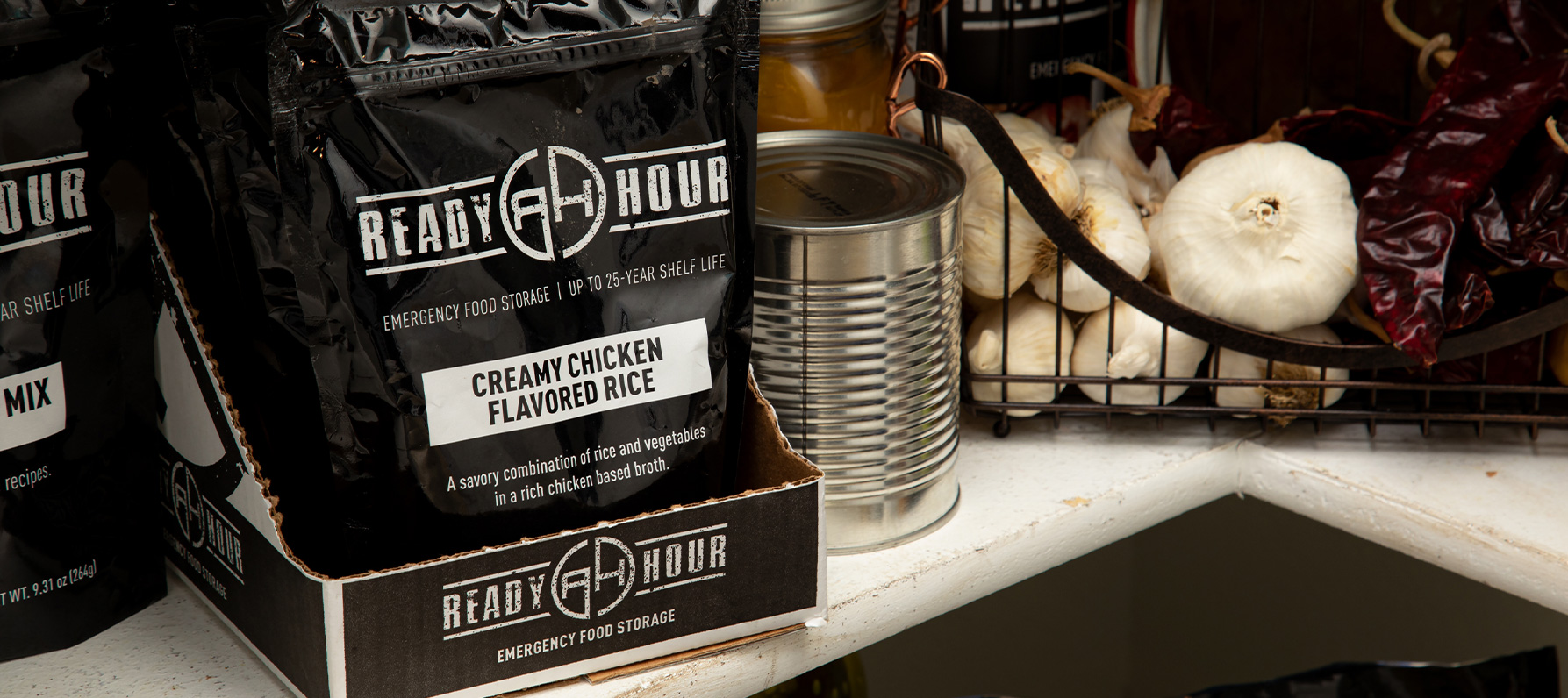
We believe there is a place for both items from long term food storage companies like My Patriot Supply and Emergency Essentials and items from your local grocery store.
Long term storage foods are packaged to have a shelf life of up to 25 years. You can purchase pre-assembled kits designed to provide enough calories for one person from anywhere to a week up to a full year. That is the simplest way to make sure your family is covered.
However, if you are a vegetarian, have a special diet, or just have picky eaters in your family, you will probably want to look at their specialty kits like the beans & rice or fruit and & vegies kits. They also offer a gluten-free kit along with other specialty kits.
#10 cans of freeze-dried fruit and vegies can sometimes be purchased at your local grocery store too. The fruit is a popular snack without rehydration for both kids and adults. But the grocery store isn’t going to have the variety that an on-line store like Emergency Essentials has. They even offer freeze-dried ice-cream sandwiches!
If you typically use staples such as rice, flour, cornmeal, etc… routinely in your home then buying those things locally makes sense as you will tend to rotate through them quickly enough that they won’t go bad before you use them up. However, it never hurts to have a couple of #10 cans sealed for long-term storage tucked away in your supplies.
There are a lot of things that your family may typically eat such as a particular pasta that isn’t available for long-term storage, so those things would need to be purchased locally and put into your rotation.
Don’t delay, get prepared today!
Get access to premium content and more!



